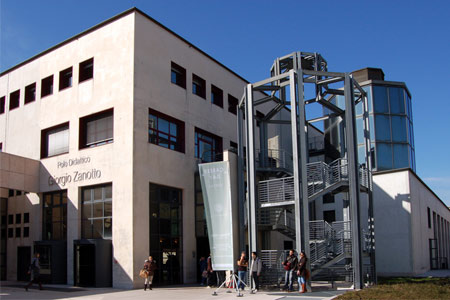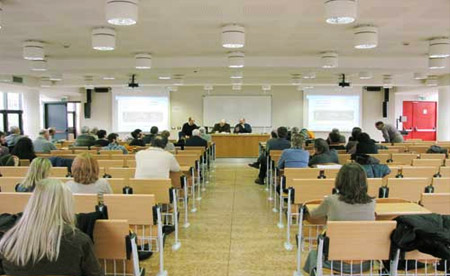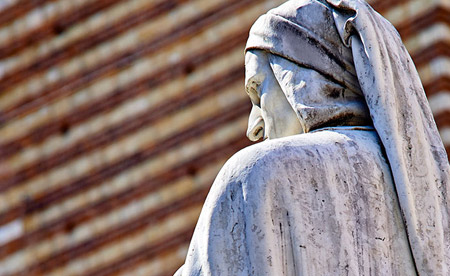Overview
Graduates will obtain instruction in new methods and techniques concerning the study of art and archaeology.
Knowledge acquisition will come about by way of working within an interdisciplinary framework of scientific research in order to extend and further develop the in-depth knowledge and ability to understand already established during the students’ undergraduate studies. The course begins with the application of advanced methods and techniques of analysis of art works as well as archaeological surveys, discovery and documentation an analysis of materials. The acquisition of these methods will be facilitated by apprenticeship work organised in laboratories and in areas of artistic and archaeological interest in collaboration with other universities, Associations and governmental bodies, both in Italy and abroad. The course syllabus can also be completed by attending pre-established lessons in the Humanities Doctoral program, which are open to graduate students as well.
The study of Art History will not be limited to the most important works of art, but a great deal of attention will be dedicated to the vast repertoire of archived documents as well as minor works of art such as glyptography, jewellery. The study will be articulated into the following historical periods: Greco-Roman, medieval, modern and contemporary. They offer a wide and well-established knowledge base that is integrated by the fields of history and literature.
The syllabus by the professors of antique literature will favour the comprehension of works by the principal authors as well as the ability to uncover in traditional literature the key to their interpretation. This strong connection with the study of history should develop the ability to evaluate the literature not only aesthetically but also historically, socially and economically.
The analysis of monuments and findings will also include the study of the inscriptions that are present. The courses will provide opportunities to learn how to use the instruments of information technology to elaborate images and texts.
The post-graduate course is not divided into separate curricula. Depending on the student’s curriculum choice the graduate can follow specific courses relative to the various epochs in Archaeology and Art History or a strong diachronic study on the basis of one’s personal academic background. In the field of Archaeology a choice is offered among primarily the classical period, oriental history or early history. The syllabus of ancient history allows for an in-depth study of important issues in the History of Art such as increasing the value of the classical period of art, or uncovering the presence of Egyptian or middle eastern patterns in modern art. The archaeological approach opens new routes towards an awareness of medieval, modern and contemporary art since it is not limited to the study of antiquity but rather comprises the Medieval period right up to the contemporary period.
The first year exams can earn 48 cfu, which are in common to post-graduate classes 2 and 89. The exams that are in common to the two post-graduate classes are primarily concerned with methodology, Museology, art criticism and art restoration. Moreover there are exams on classical archaeology and medieval art, which focus on the connection between the ancient and modern epochs.
In the second year graduates that intend to earn the post-graduate diploma 2 in Archaeology will gain knowledge in ancient history and in techniques of archaeology, while those that intend to earn the post-graduate diploma 89 will gain the opportunity to specialize in the History of both Modern and Contemporary Art.
Furthermore, all graduates will have at their disposal a wide range of choice among disciplines that will allow for an in-depth study of the specific field of study relevant to the topic of the post-graduate thesis.
When enrolling for the course the graduate must specify the curriculum he intends to follow and the choice will be considered definitive when enrolling as a second-year student. Along with the definitive choice the curriculum must be presented for approval by the appropriate board of degree course. The curriculum must be relevant to the post-graduate thesis that will be presented.







